Bruce has found his pot of gold – acalabrutinib
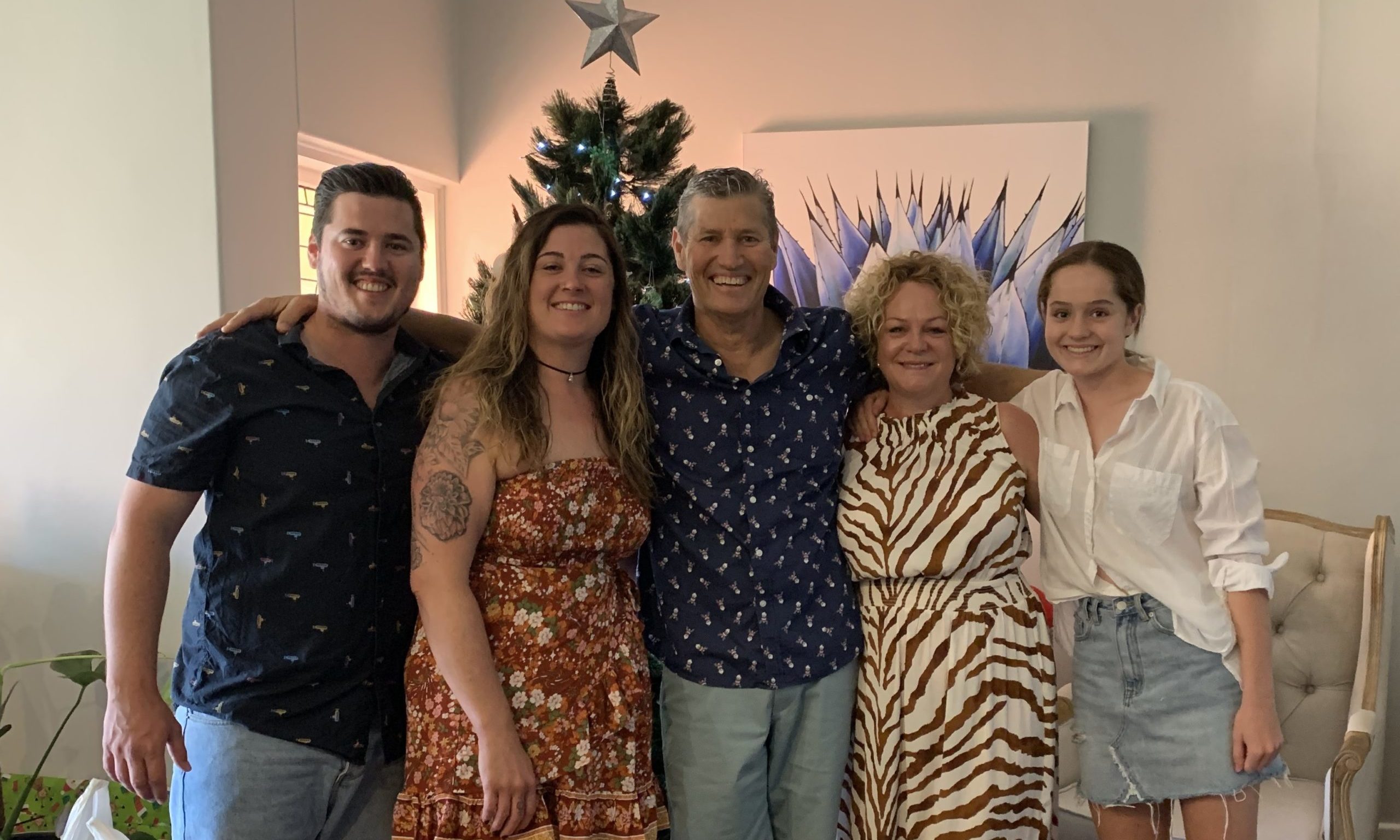
Bruce Wood chose to delay starting chemotherapy last year while he “desperately waited” for an international CLL study to open in Australia for the targeted therapy, acalabrutinib (Calquence®).
When it became available, he was quick to sign up and was the first patient in Adelaide to join the Phase III acalabrutinib trial, ASSURE.
The utilities project coordinator, 56, of Adelaide, was “over the moon” at having access to this new second-generation BTK inhibitor, and it was well worth the wait.
He describes acalabrutinib, the tablet he started taking in November 2019, “as very effective” and he has had “almost nil” side-effects. Within the first six weeks his spleen had reduced from 21cm below his lower rib (very large) to normal size, and now his platelets and haemoglobin counts are back to normal.
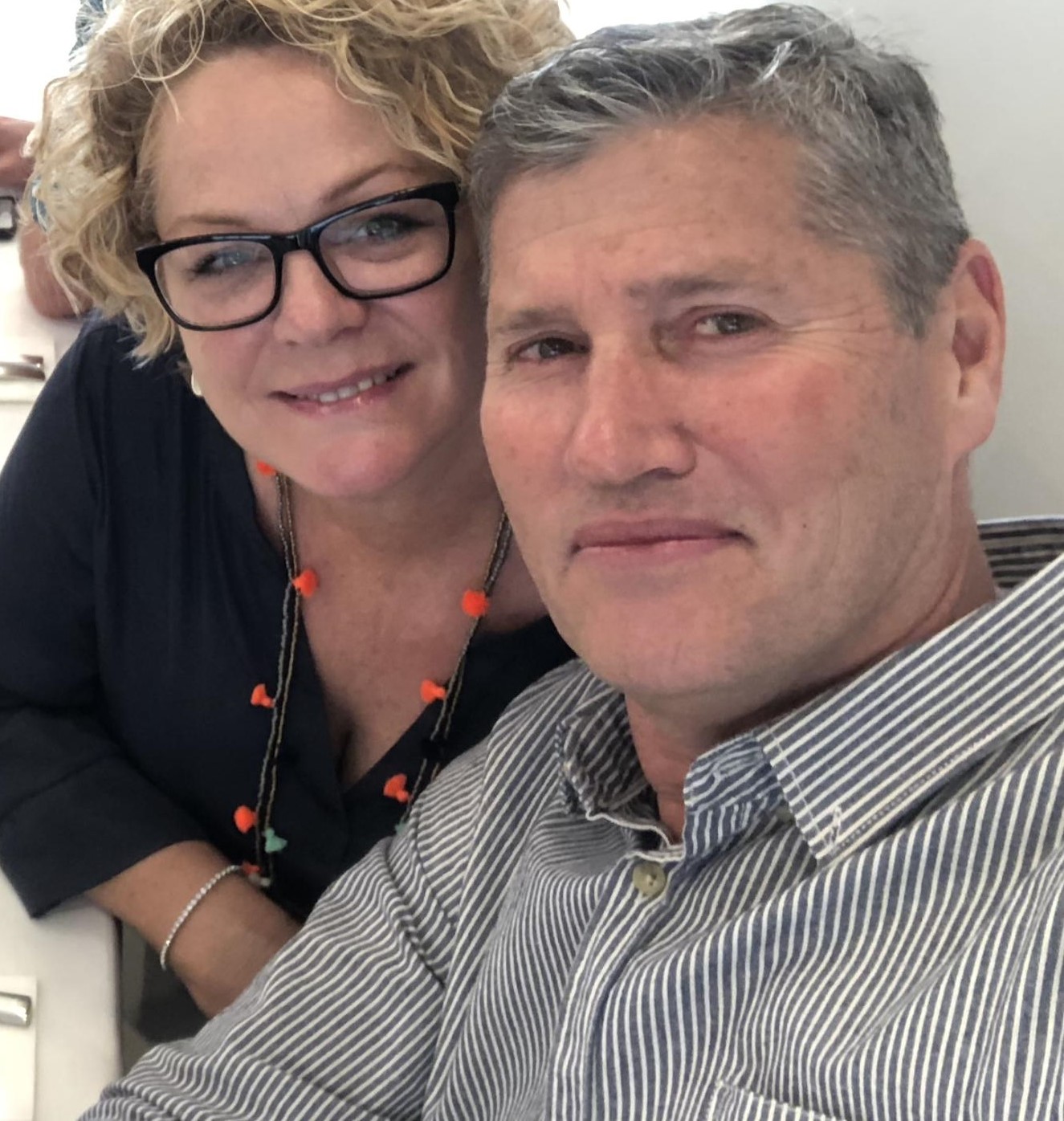
Seven years of watch and wait
Bruce was on watch and wait for seven years following his diagnosis with CLL in late-2012, at the age of 48. The blood cancer was picked up when a routine prostate awareness blood test showed his white blood cells were slightly elevated. He was called in for further tests, then informed he had CLL.
“It was certainly a blow,” said Bruce, whose twin brother had been diagnosed with acute myeloid leukaemia earlier that year and passed away in 2013.
The advice Bruce received after his CLL diagnosis was “just go on the watch and wait process and try and live without thinking about it pretty much”.
“It’s always in the back of your mind but without any symptoms, still reasonably fit and working full-time, it didn’t really change my life at all,” he explained.
Educating himself
At the time, Bruce knew “nothing at all” about CLL.
“I got some very basic info from my GP and one or two calls early on from the Leukaemia Foundation helped with information,” he said.
“Then, I’m a bit of a researcher, so I spent a lot of time on the internet, reading blood cancer journal papers from around the world.
“I was always looking into the disease itself and what’s the best way to go forward.
“I watched a video one day from an American CLL specialist. He said – and it’s always stuck with me – the most successful CLL patients are the ones that have a smart specialist, and educate themselves from day one.
“I talked to specialists, to find out who knew the most and who were considered the best in Australia,” he explained.
“I was referred to a very good haematologist in North Adelaide, who I saw for a year or two, then decided after doing a lot of reading to visit a haematologist/professor that specialises in CLL, in Melbourne.
“I flew over for an initial appointment, and then back for a potential trial enrolment.
“The trial he thought would suit me, based on my situation and markers, was the ACE trial. It had two arms; FCR*, and acalabrutinib with two other drugs.
“Then I found out this same trial was opening in Adelaide, so he referred me to the haematologist at Flinders I’m seeing now.
“I didn’t end up going on the trial. It’s a long story,” said Bruce, who went through “the whole trial process”.
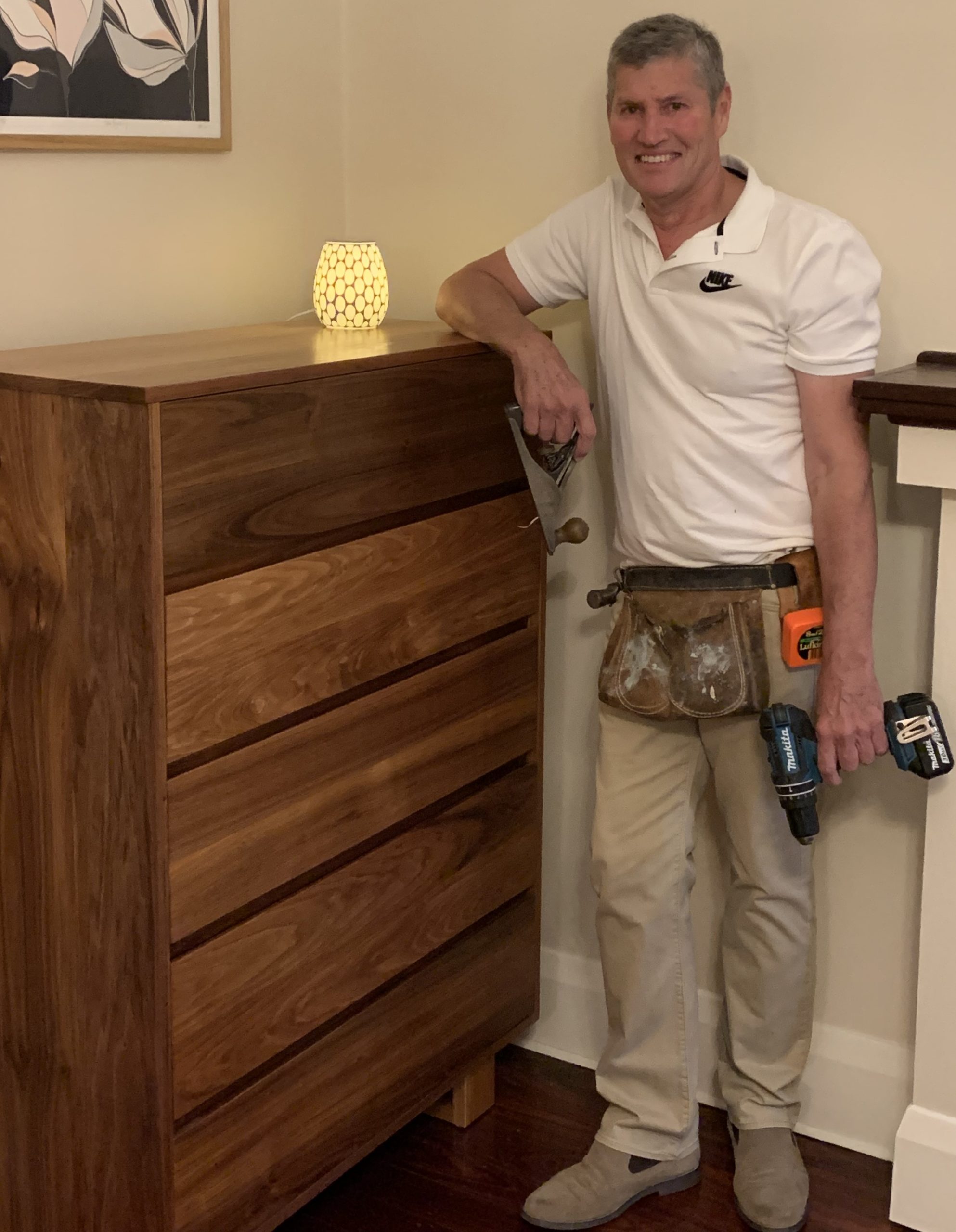
This involved CT scans and having 22 vials of blood taken and sent overseas for testing. Then, right at the end, he was randomised to the FCR arm, “the drug you could get anywhere”.
His decision not to have FCR
Based on what he had learnt, Bruce had already decided not to have chemotherapy (FCR), so when asked if he wished to proceed with the [ACE] trial, he declined.
While on watch and wait, Bruce had “done a whole lot of tests” and this genetic and molecular testing showed his CLL had NOTCH1 mutations and unmutated IGHV status.
“These markers suggest that chemo doesn’t give a long remission,” said Bruce.
“I was looking to go on a trial, and hopefully it would be soon, because my numbers were increasing reasonably quickly.
Accessing acalabrutinib on a trial
“I had done a lot of research on ibrutinib [the first BTK inhibitor], that had been available in the U.S. for some years, with very good results. Acalabrutinib wasn’t available off the shelf and the only way to get on it was to enrol in a trial.”
Bruce had talked to his haematologist about the ASSURE acalabrutinib trial, but it wasn’t until 12 months later that it started recruiting.
“That was a period of treading water,” said Bruce, and by mid-2019 his health was deteriorating.
“I was concerned because I’d been waiting a long time and I was getting sicker and sicker.
“I probably should have been on treatment six months before starting this trial. If it hadn’t opened when it did, I would’ve had to do something rather than choose to do nothing.
“It was a very difficult time. My options were closing fast and pointing to having to start chemo,” said Bruce, but he knew he couldn’t go on the trial if he had a pre-treatment.
“My spleen was huge, almost the size of a football. It was full of CLL cells and I could only eat half-size meals. My platelets and haemoglobin were dangerously low, and I was at a point where something had to be done,” said Bruce.
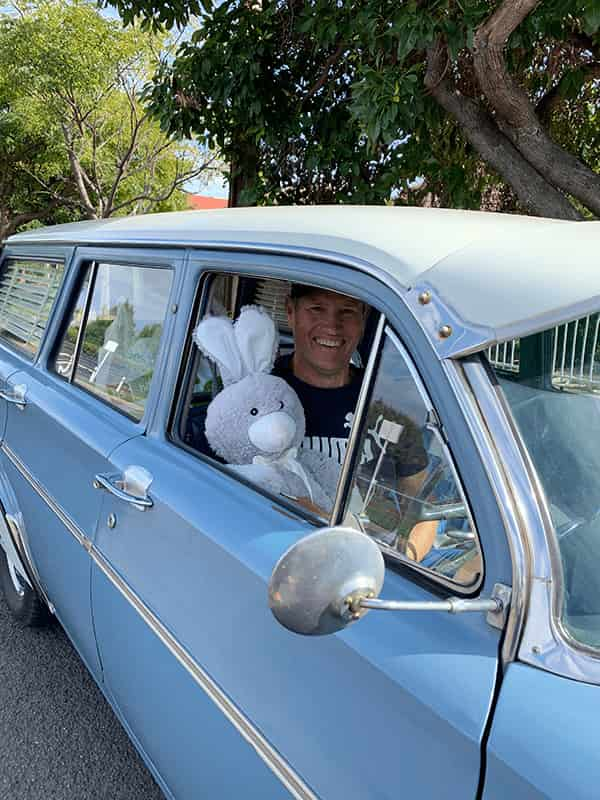
“This is a particularly good trial because it’s only a single arm, there’s no placebo. If you qualify, you get acalabrutinib as a single tablet taken twice a day.”
When Bruce started taking the drug his white blood cell count was around 250. It then shot up to 400 over the first couple of months as the CLL cells in his organs were released into his blood and then excreted. His white blood cell count gradually slid down over the next few months.
“I think I’m sitting somewhere around 70 at the moment, which is high, but not 400.”
Acalabrutinib received a positive recommendation from the Pharmaceutical Benefits Advisory Committee in April (2020), which Bruce said was “fantastic”.
“For people in my situation, with the same markers, I think they should be given the option to avoid chemo at all costs,” said Bruce, who had contributed to the Leukaemia Foundation’s submission to the PBAC in February 2020.
Despite acalabrutinib’s future availability through the Pharmaceutical Benefits Scheme, once listed, Bruce will stay on the four-year trial.
“There’s more testing and closer contact with the specialist and that has always been important to me. So, it’s good for me and it’s beneficial for everyone with CLL as well, to find out just how long these drugs work.
“There’s been resistance in previous trials with ibrutinib over some years. That’s what they are looking at for acalabrutinib, to see how we go long-term. When you compare ibrutinib and acalabrutinib side by side, acalabrutinib has far less side-effects. It’s a much easier drug to take and still as effective.”
Bruce takes his two acalabrutinib tablets 12 hours apart, at 7am and 7pm each day.
“I don’t ever go off it, and because I don’t really have any side-effects, it’s not a hindrance on how you live. It’s like taking a blood pressure tablet.
“I’m really happy to be included on the trial.
“I was always wondering whether something would be approved that was frontline, to avoid FCR; that was my goal.
“I saw venetoclax approved, but only as second treatment for relapsed CLL I think.”
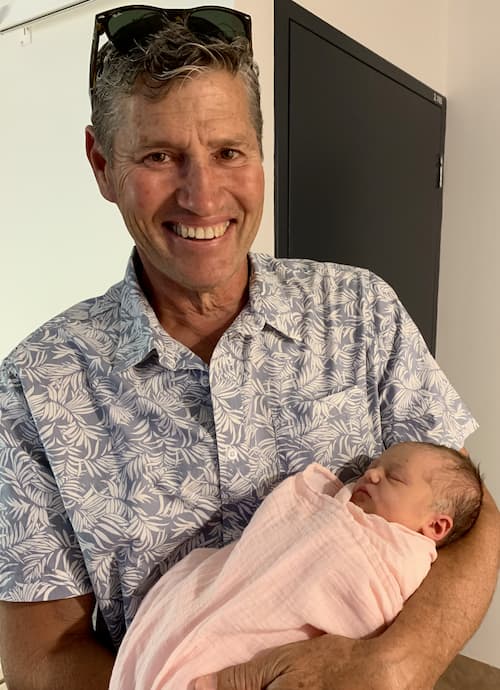
“The first few months on the trial were a fair bit slower than normal. I was a bit of a lounge person and wasn’t very active because I was quite ill.
“I struggled to push the wheelie-bin to the gutter when I was not feeling the best,” he said.
“It takes a bit of time to recover when your blood counts are as low as mine. But for the last month or two, I’m pretty much 80% of what I was before I was feeling ill.
“This COVID thing has made a few things complicated. BTK inhibitors can play with your immune system a bit and the CLL does that anyway. My immune system isn’t as good as it could be, so I’ve got far more risk of some complications with this virus,” said Bruce, and he has applied added precautions against contracting it.
His employer “has been really good” and Bruce was given a few months off work to “stay home and focus on getting well, to give the drug the best chance of doing the job”.
“So that’s what I did which was important. The main risk being a secondary infection from being exposed to industry and lots of people.
When Bruce spoke to CLL News, in April 2020, he had just returned to full-time work.
“I’m working from home and have pretty much zero face-to-face contact,” said Bruce, and that includes socially distancing from his wife, Belinda, and their 15-year-old daughter, Ella.
“We’ve split our house into two areas. We’re lucky enough to have a couple of bathrooms and Belinda and Ella come and go from their area.”
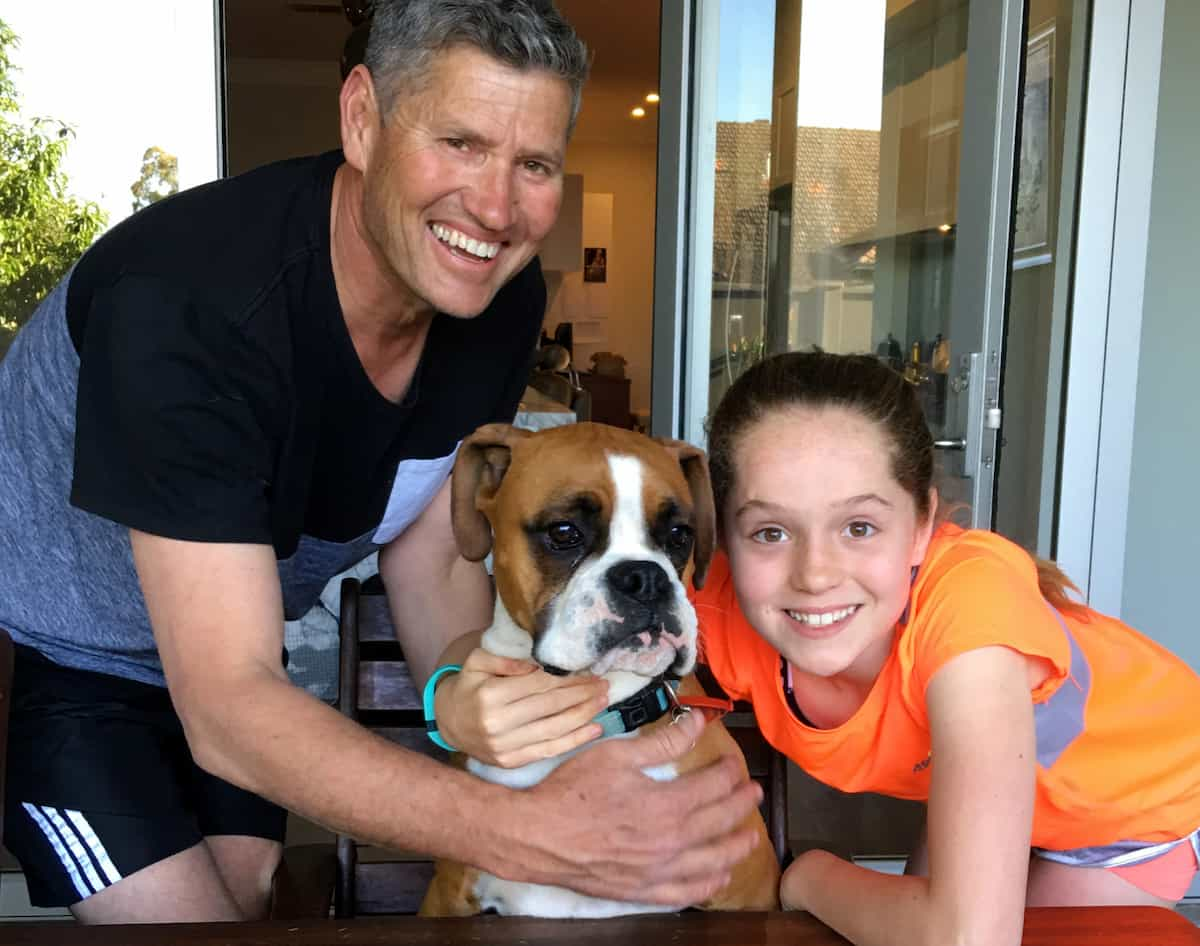
What he no longer spends much time doing, now that he’s on the trial, is researching CLL.
“I found the pot of gold I was looking for,” he said.
* FCR: a chemotherapy combination of fludarabine, cyclophosphamide and rituximab.
** The other two cohorts: people with relapsed/refractory CLL; and those who had prior Bruton tyrosine kinase inhibitor (BTKi) therapy.
Last updated on March 25th, 2021
Developed by the Leukaemia Foundation in consultation with people living with a blood cancer, Leukaemia Foundation support staff, haematology nursing staff and/or Australian clinical haematologists. This content is provided for information purposes only and we urge you to always seek advice from a registered health care professional for diagnosis, treatment and answers to your medical questions, including the suitability of a particular therapy, service, product or treatment in your circumstances. The Leukaemia Foundation shall not bear any liability for any person relying on the materials contained on this website.